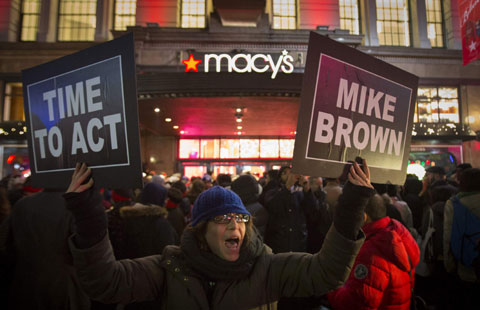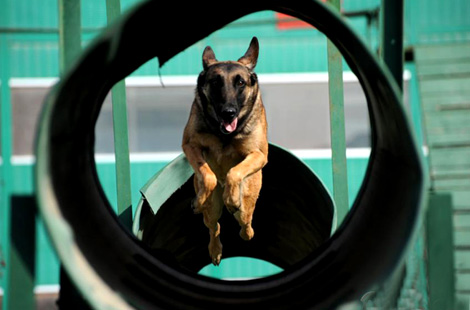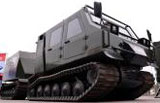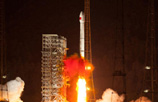Beijing subway: a commuter's story
Updated: 2014-11-28 11:52
(chinadaily.com.cn)
|
||||||||
Beijing's already overcrowded subway system faces ever more pressure, forced to accommodate the half a million people who settle in the city each year.
The government is racing to keep track of the ever-growing population. It is estimated that by 2020, Beijing will have invested 400 billion yuan ($65 billion) on rail traffic. By that time, Beijing will have a railway network of over 1,000 km, the longest in the world.
Recent fare hike is another way to reduce the passenger flow, but some are skeptical about the increase.
"Metro fare hikes will not solve the problem. The hike will cut the passengers taking metro by 30 percent, but those scared away by the high price will take alternative transport vehicle above the ground where traffic is still crowded," said Wang Mengshu, an expert of underground engineering and a member of Chinese Academy of Engineering.
Wang continued: "The primary reason for traffic jam is the unreasonable urban planning. For years, 'build the house first and then pave road' was the mainstay among city planners. It wasn't until recent years that they started realizing that metro planning and city planning should be considered as a whole."
He cited Metro Line 5. The line that crosses the city from north to the south was incorporated into the city's overall planning in as early as 1981, but its construction wasn't started until 2004 and finished in 2007, spanning 26 years. During the period, the city's population had nearly doubled.
Although Zeng Yuanpeng, who earns a monthly salary of 3,000-4,000 yuan ($489-651), is sensitive to the metro price, he is a staunch supporter of metro. The reason is simple: bus is unpunctual due to congested roads.
"The subway is the mirror of this competitive city: one must exert his full effort to become part of it. Fight or wait. And I don't want to wait," said Zeng.

 6 things you should know about Black Friday
6 things you should know about Black Friday
 Calm comes to troubled Ferguson
Calm comes to troubled Ferguson
 Daredevil dancer conquers mountain
Daredevil dancer conquers mountain
 China's celebrity painters
China's celebrity painters
 Beauty of Beijing float making debut in Macy's parade
Beauty of Beijing float making debut in Macy's parade
 The plight of pregnant women in rural China
The plight of pregnant women in rural China
 Rescue dogs show skills in NW China
Rescue dogs show skills in NW China
 Top 10 largest hotel chains in China
Top 10 largest hotel chains in China
Most Viewed
Editor's Picks

|

|

|

|

|

|
Today's Top News
China, US targeting terror online
More understandings, co-op between China and US
Macy's says huanying to Chinese tourists
Cupertino gets attention with its Asian-American-majority City Council
Amazon takes Black Friday to China
BMO Global Asset Management Launches ETFs in Hong Kong
BlueFocus aims to acquire Canadian company
Microsoft to face $137m bill for back taxes
US Weekly

|

|







